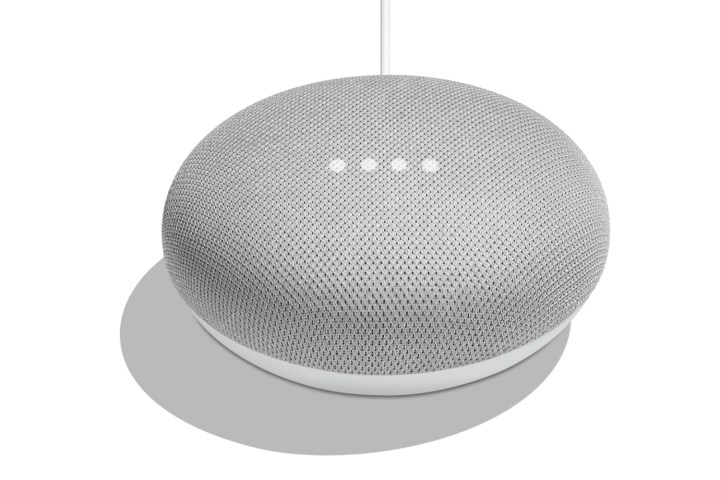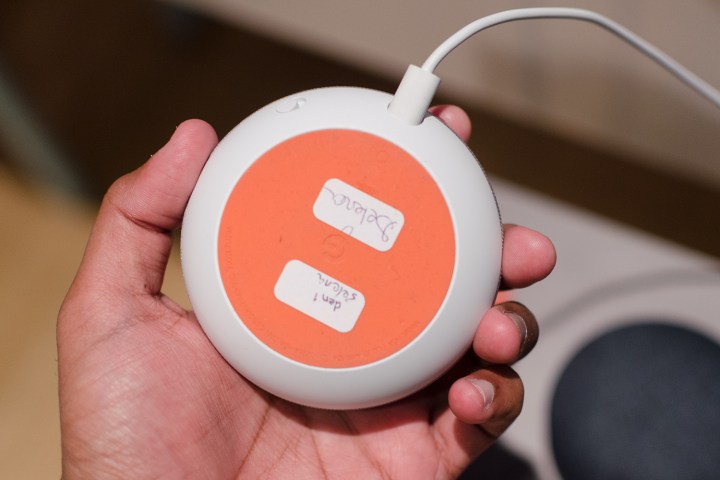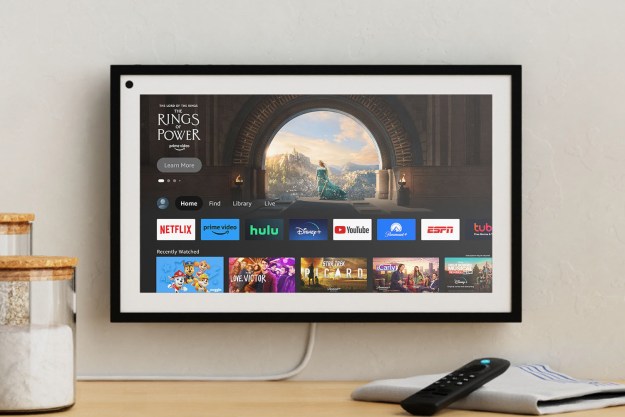While the Google Nest Audio and Google Home speakers are full-sized devices, there are two much smaller variants available: The Nest Mini and Google Home Mini. Smaller in size, the two miniature smart speakers are packed with more than enough features to stand toe-to-toe with their bigger brethren. Both the Nest Mini and Home Mini can play music, update Google apps, respond to voice commands, and more. So what makes these two different enough that they’re separate products? Read on to find out.
For more information on when the best time to buy is, take a look at our guide to the best Google Home deals.
See more comparisons
Pricing and availability

In many ways, the Nest Mini was intended to be a replacement for the Home Mini, with a few important upgrades and a renewed focus on the “Nest” brand and the data security it provides. Since the Home Mini is essentially an older version, it’s available for $40 or less, while the Nest Mini is available for $50. This also compares well to competitor products, like Amazon’s 4th-generation Echo Dot, which sells for $50.
Is the extra cash worth it for the Nest Mini? Considering the sound improvements and the built-in wall-mounting option, we certainly think so.
Design

The Home Mini is a small disk covered in fabric. The top of the disk uses three LED dots to communicate functions like running processes, listening, or initiating setups. You can tap the sides of the Mini to change volume, stop a process, or mute. However, it can be a bit difficult because they’re not properly marked — often requiring several taps before they’re found. There’s a small mic switch at the bottom to turn the mic entirely off as needed. The Mini comes in several different color options, including dark blue and orange.
At first glance, the Nest Mini looks just the same. It’s very slightly smaller (so slight, it’s hard to tell), and comes in slightly different color options. There’s also an integrated wall mount on this model, where the Home Mini requires buying a wall mount accessory. The touch controls on either side of the device and the LED lights on the top function the same way in both models.
We will also note that factory resets are different between the two devices. For the Home Mini, there’s a tiny factory reset button just below the power cord that you hold down for 10 seconds. The Nest Mini doesn’t have this button. Instead, you switch the mic off, then press and hold the center of the speaker when the LED lights turn orange and hold for 10 seconds. If you’re resetting, don’t get these two different processes confused.
Smart home control

Since both the Nest Home and Home Mini use Google Assistant to control smart devices, they have the same functionality: Anything that works over
Google revamped its Works with Nest program over the last few years, and a lot of smart devices have lost compatibility as a result. Google replaced the old program with a stricter Works with
Speakers and sound

The Home Mini has a 40mm driver for sound, around the same size that’s found in large headphones. This is a significant decrease in sound reach and quality compared to larger Bluetooth speakers like the Google Nest Audio. Unfortunately, this version of the Home Mini only has a micro-USB port for power, so you will need Bluetooth wireless headphones to connect to it (at which point, you can just connect to your computer instead). It’s not really designed as a music-playing machine.
Here we come across one of the biggest differences with the Nest Mini, the speaker upgrade. The Nest Mini still has a 40mm driver, but Google reports that it redesigned the sound system to provide bass that’s twice as strong as the original model. This is hard to judge when the specs are the same, but there is a notable sound improvement. However, neither model will get close to the level of performance that a full smart speaker can reach, so they aren’t great for room-wide music. The Nest Mini, however, does have an edge when it comes to notifications, reports, catching up on sports, and other sound-related uses when the speaker will be close at hand.
Applications

The Nest Mini and the Home Mini serve similar purposes as smaller assistants for larger hubs. Use them in smaller spaces to enhance your home system where a larger hub would be too much. The Minis are mostly at home on desks, in dorms, hanging out by workspaces, or perched on smaller counters where people will be working close by. They don’t do as well as alarm clocks since there’s no easy feature for telling the time, but they could serve as alarm clock companions if you prefer a voice assistant in the morning.
You can also connect two speakers to obtain a cool stereo effect, which is definitely worth looking into. To do this, you just need to set up the speakers around 10 feet apart from each other. It will work best if they are both on approximately the same level. After this, you can then join the two speakers through the Google Home app. When you do this, you suddenly transform a large space into an epic surround-sound theatre.
We want to point out a couple of critical things to remember with this method: only one of the speakers will hear and respond to your commands, and the speakers must be identical models for this to be successful. This means that you can link two Home Minis or two Nest Minis, but you won’t be able to do this with a Home Mini and a Nest Mini. Consequently, it’s always best to buy two or more pieces of the same model.
Conclusion
The Nest Mini is the obvious champion between these two smart speakers. The best part is it’s only around $10 more than the Home Mini (depending on current sale prices) and offers improved sound quality, updated hardware, and a broad spectrum of mounting possibilities. The Nest Mini is a prime choice for any homeowner desiring excellent audio quality. The only reason you should choose the Home Mini is if you can snag it when it’s on sale.
Editors' Recommendations
- The most common Google Home problems and how to fix them
- Does the Pan-Tilt Mount work with the Blink Mini 2?
- Best security camera deals: Ring, Arlo, Blink and more on sale
- Google rolls out new Nest Cam features to Google Home for web
- Blink Mini 2 vs. Blink Mini: Is Amazon’s new security camera a worthy upgrade?




